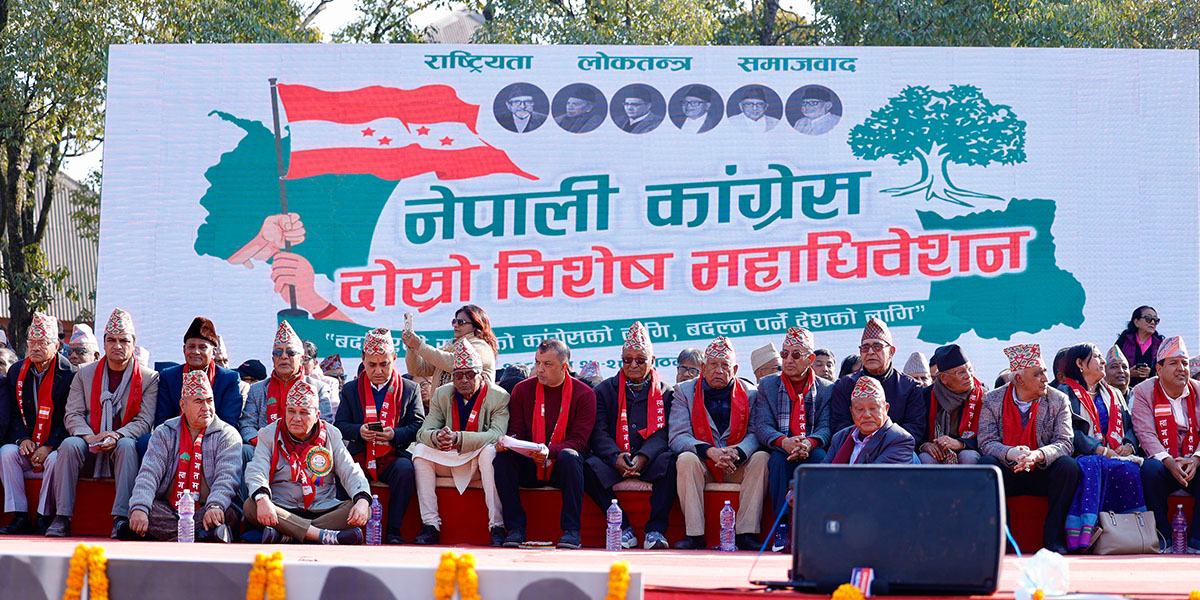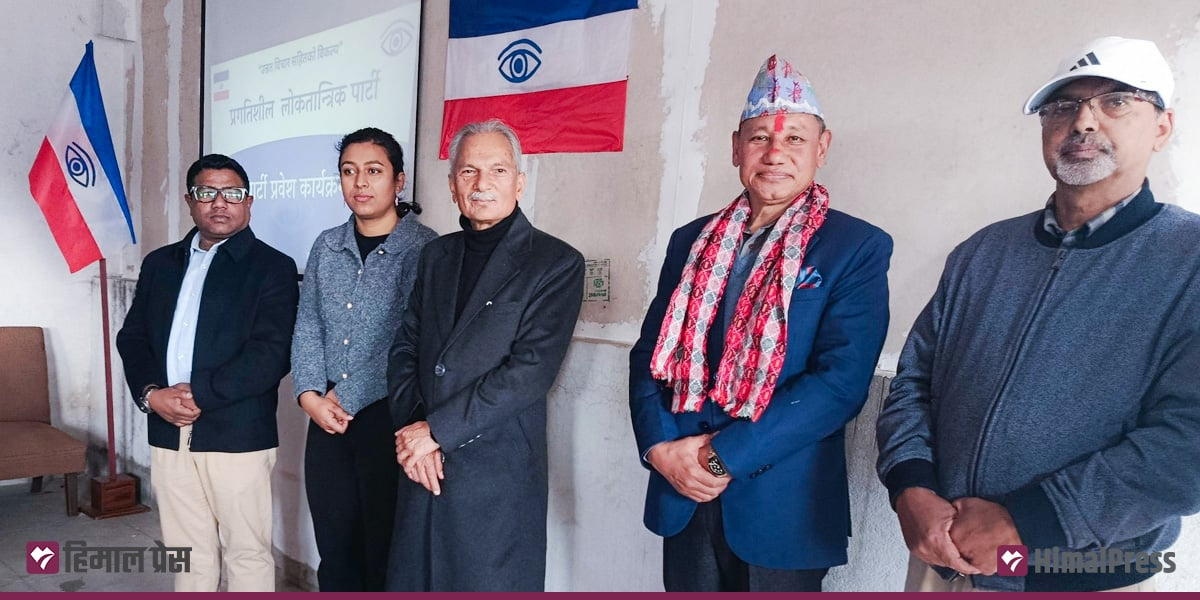 Photo: PTI
Photo: PTI
Protests and bloodshed have toppled Sheikh Hasina’s regime, but the way forward is far from certain. Here are four possible scenarios.
The uprising in Bangladesh has been a political earthquake. Prime Minister Sheikh Hasina, in power for the past 15 years, has fled, and leaders of the ruling Awami League are in hiding or have also absconded.
Economist and Nobel laureate Muhammad Yunus was picked by Bangladesh President Mohammed Shahabuddin to lead a new interim government. For the moment, a feeling of hope and elation has swept across much of the country.
But as with an earthquake, once the dust has settled, the foundations will remain largely the same as before.
To gauge where the country might move in the immediate and not-so-immediate future, there are a few fundamentals that need to be recognized.
The people who rose up consisted of students and some teachers, large groups of other young people, urban poor and political opposition groups. They represented widespread sentiments.
Dictatorial, violent and smug, Hasina’s regime was no longer able to deliver on its promise of economic development and criticism of her gross human rights violations became increasingly public and bold.
The popularity of the protests against Hasina should not, however, obscure the fact that “the people” are not of one mind. The protests were driven by frustration and anger, not by any explicit alternative political vision.
There is also no formal organization behind the uprising. It was an extremely powerful and driven movement, which may prove to be too exhausting to hold up in the long term.
All of this did happen suddenly, but in another sense, it was building for a long time.
The country has seen several popular protest movements over the last decade — Shahbagh, Hefazat, road safety, no VAT on education, and the quota movement in 2018.
In addition, the low turnout in elections, low tax compliance and various other forms of foot-dragging and reluctance indicated that Hasina’s regime lacked widespread legitimacy.
Surveys have shown that an overwhelming majority of Bangladeshis want democracy, human rights and to be able to vote for their representatives — and to criticize them when called for. These are fundamental facts of the country.
Who’s who
Politically, the Awami League is wounded but still alive. The opposition Bangladesh Nationalist Party is a resilient organization that has survived 18 years in oblivion and is now likely to win overwhelmingly in any free and fair election.
Similarly, because the center ground of politics is still divided between BNP and the Awami League, there is little chance the Awami League will somehow just go away. Though its autocratic leader may have abandoned them, the party remains a network of people who will not cease to seek power.
But there is one big difference between the two parties — leadership.
BNP’s exiled leader Tareque Rahman is still the legitimate heir and boss of the party, oddly reminiscent of 16th-century Mughal Emperor Humayun, who retained his claim to the throne during 15 years of exile.
The Awami League, on the other hand, has no apparent successor to Hasina, who actively prevented any heir from emerging. It will take time for the party to rebuild.
There is one last (and perhaps most important) fundamental: all the other political forces are still there. First, Jamaat, Hefazat, the leftists and the voices of civil society. Although they all seek power and some are radical, few of them are strong. But they may provide a plank for Awami League members to abandon ship.
And there are the business leaders, top brass officials, military officers and judges – many of whom were appointed by Hasina or benefitted from her regime. All will have interests to protect and changes in mind, but moderate ones.
If there is any lesson to be had from similar popular mobilizations in Sri Lanka, Southeast Asia or the Middle East, it is that those entrenched forces may prove to be much stronger and durable than street mobilizations, however much the demand persists for fundamental reform.
Four future scenarios
First is that sufficient power has been generated by the uprising for Yunus to ensure comprehensive reforms.
This would include the establishment of constitutional guarantees for free and fair elections. The first election will possibly be held in the coming months — under the watchful eyes of the military, a mobilized populace and civil society, as well as foreign allies.
The challenge is to ensure that the government that follows will not re-enact the Hasina regime and prevent rivals from mounting an effective organization and campaign.
In effect, the country will need a new caretaker government, as BNP and the opposition have demanded. This will likely benefit a reconstituted Awami League in the long run and be their best bet.
A second scenario is that Yunus proves to be politically naïve and the power generated by the popular uprising dampens. Then the stage would be set for the seasoned warhorses of Bangladeshi politics and opportunistic generals and officials to run the show.
A third scenario is that there is no agreement on basic issues, the economy suffers, protests erupt in the streets and eventually Yunus is driven to resign. The generals would then take over for a while before they quickly organize an election, negotiate an agreement and effectively hand power to Rahman and BNP.
A final scenario is that the students form a political party and bring people from both BNP and Awami League and emerge as a potent political force by disrupting Bangladesh’s traditional two-party structure.
The odds are perhaps stacked against them, but this would bode well for a long-lasting democratic transition for Bangladesh.
Arild Engelsen Ruud is a professor of South Asia Studies and Dr Mubashar Hasan is a postdoctoral research fellow at the University of Oslo.
(Originally published under Creative Commons by 360info™.)














